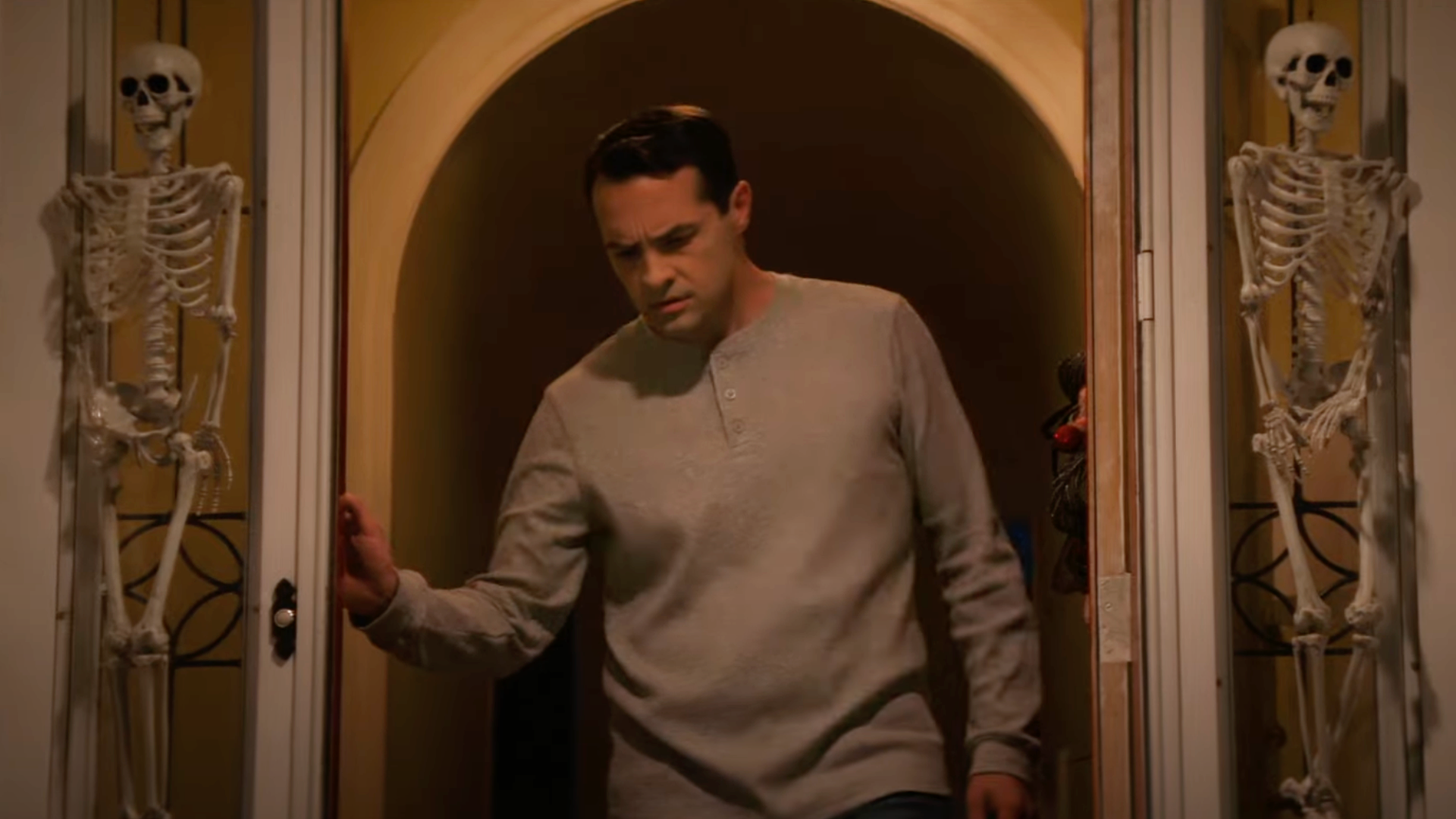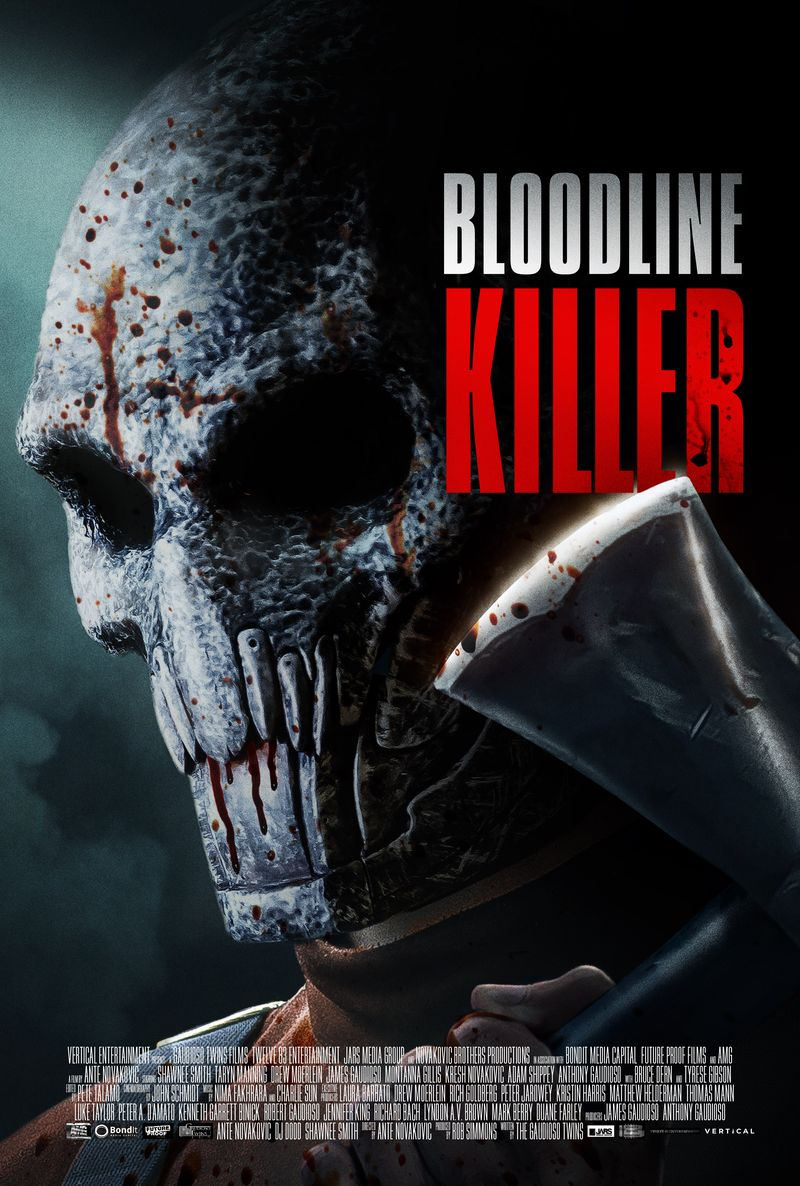‘Bloodline Killer’ Exclusive Clip: One Bloody Halloween

Saw icon Shawnee Smith is stepping back into the world of horror and this time she’s facing off with a serial killer instead of becoming his apprentice. She stars in Ante Novakovic’s Bloodline Killer, a terrifying tale about survival, trauma, and lots of blood.
Bloodline Killer follows “Moira Cole who endeavors to rebuild her shattered life after the murder of her family at the hands of her deranged and obsessed cousin“.
Watch our exclusive clip from the film where Halloween fun is quickly ruined by our titular killer:
Novakovic directs Bloodline Killer from a script by Anthony Gaudioso and James Gaudioso.
Smith stars in the film with Taryn Manning, Drew Moerlein, James Gaudioso, Montanna Gillis, Kresh Novakovic, Adam Shippey, and Anthony Gaudioso. Bruce Dern and Tyrese Gibson also star.
Bloodline Killer comes to select theaters and VOD on April 26, 2024.

Categorized:News

